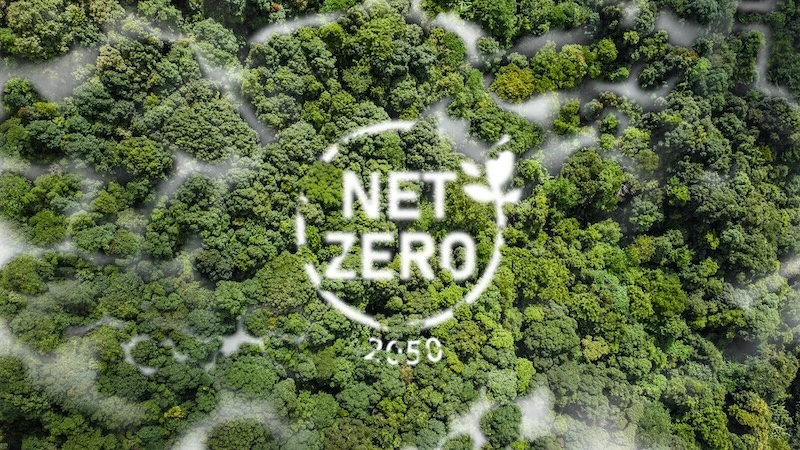The challenges and opportunities of net-zero food production

To meet a net-zero target, it is no longer sufficient for organizations to rely on easy wins. A progressive sustainability strategy and quantifiable progress are increasingly necessary, especially if the goal is to reach net-zero by 2050.
The UK Committee on Climate Change proposed the net-zero ambition in its May 2019 report, Net Zero the UK’s contribution to stopping global warming. The UK food and drink manufacturing sector has already made collective progress towards cutting carbon emissions to meet this target.
What is net-zero and can you achieve it?
Net-zero means cutting greenhouse gas emissions to as close to zero as possible, then removing any remaining emissions from the atmosphere by, for example, planting trees.
An in-depth study of the progress in the food and drink manufacturing sector towards net-zero by edie stated that while many manufacturers had already secured “easy wins” like on-site energy generation, it is unlikely to be enough to meet current targets.
Over the past 10 years, a collective global effort has been made to reduce the cost of green energy, so that it’s no higher than fossil fuel-based systems. As a result, countries can now build zero-carbon electricity systems that will be crucial in achieving net-zero emissions. China’s recent announcement that they aim to achieve net-zero by 2060 is an important commitment to this effort and came as a surprise to many.
“Many organizations have made public commitments to achieving net-zero status,” explains Becca Gale, Product Director, TELUS Supply Chain. “For the food sector, those organizations at the consumer end of the value chain – retailers, brands, and restaurants – will be expected to include their full supply chain impact (Scope 3) in their GHG reduction programs. For these companies, supply chain collaboration will be essential, with the supply chain partners needing to work together to drive down emissions and seek out opportunities for planning efficiencies, waste reduction and better data sharing.
“We are starting to work with companies to support them in the first step of their journey to net-zero. We’re measuring the potential impact of various initiatives and what influence they might have on mitigating their current greenhouse gas emissions. We wish to help build a better understanding of the real emissions happening in the supply chain, ultimately quantifying them and their impact,allowing businesses to identify opportunities for reduction.”
What are Scope emissions?
Greenhouse gas emissions are categorised into three groups or “Scopes” by the most widely-used international accounting tool, the Greenhouse Gas (GHG) Protocol.
Scope 1: Direct emissions from owned or controlled sources of an organization or under their control. Includes on-site fuel combustion such as gas boilers, fleet vehicles, and air-conditioning leaks.
Scope 2: Indirect emissions from the generation of purchased electricity, steam, heating, and cooling consumed by the reporting company.
Scope 3: All other indirect emissions from activities of the company’s value chain, occurring from sources that they do not own or control. These are usually the greatest share of the carbon footprint, covering emissions associated with transport, procured supplies, waste, and water.
Many companies will talk about Scope 1 and 2 emissions. However, in an age where consumers want companies to take a leading role in combating climate change, finding opportunities to address Scope 3 emissions is key.
Opportunities for net-zero emissions
Infrastructural changes, switching to a green electricity provider, and refurbishing buildings are all great first steps to achieving net-zero emissions. However, the companies that really start to stand out are those that get to the heart of who they are and what they do. Questions to ask in achieving this include “do your commitments to net-zero make you sustainable for the future?” and “are you the type of company that people want around in the future?”
It’s clear that the challenge of net-zero is immense and a priority for the food and farming sector. The pathway to net-zero is different for every business, but will invariably involve embracing innovation. We are very excited to be supporting businesses with sustainability capabilities with our solution sets, to help strengthen how companies work with their suppliers and understand carbon emissions within their supply chain.
